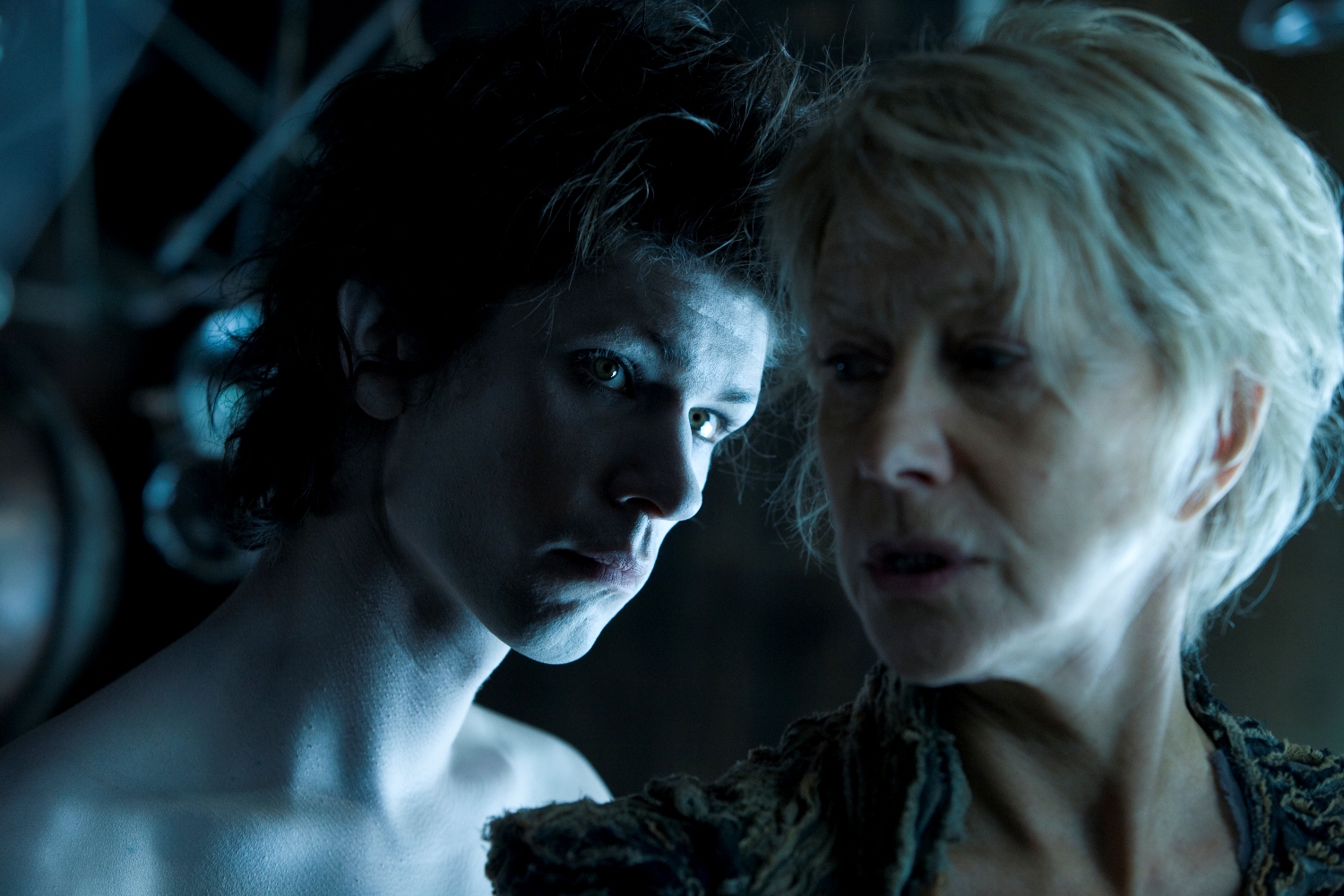

What’s your favorite scene, speech, or line in The Tempest? Copy it down, and explain why you like it so much. Who does the term apply to? Why? How does this invalidate this character's access to power?ħ. Look up the term metonymy in the OED and explain how it affects this play. Where are the mothers in The Tempest? Does their absence have a similar effect upon the characters and their actions as it does, say, in King Lear?Ħ. What are the human qualities or virtues that are emphasized in The Tempest? Support your answer with examples from the text.ĥ. Measure for Measure explores the qualities of justice and mercy. What qualities do you find in the play that would account for its high reputation?Ĥ. For example, the different characters might have symbolic significance, and Shakespeare might be attempting to depict a vision that cannot be conveyed by dramatic action. So, obviously, the appeal of the play must lie elsewhere than in its plot and characterization. Yet the characterization is flat and conventional and the plot is thin. The Tempest is often considered one of Shakespeare’s greatest plays, if not the greatest. What is the nature of his temptation and of his new insight? Can you mark a point in the play at which Prospero grows or comes to see something that makes him want to change? What is the nature of his change?ģ. Prospero’s experience is different from that of the above groups, yet he too suffers a temptation which he eventually overcomes. (You might want to draw a chart for this it’ll be easier to keep track of characters and plot development that way.) Explain as fully as you can the purpose and effect of these ordeals and vision for each person and group.Ģ. Explain what the quest and ordeal is for each group, and note that with the second and third groups the visions and temptations are different for different members of the group. Each of these groups undergoes a quest, an ordeal, and a symbolic vision or temptation.

The shipwrecked people are separated into three groups the first consists of Ferdinand alone the second group is the court party consisting of Alonso, Sebastian, and Antonio-the “the three men of sin”-who are accompanied by Gonzalo the third group consists of the comic low-life characters Stephano and Trinculo, who are some of the time accompanied by Caliban.


 0 kommentar(er)
0 kommentar(er)
